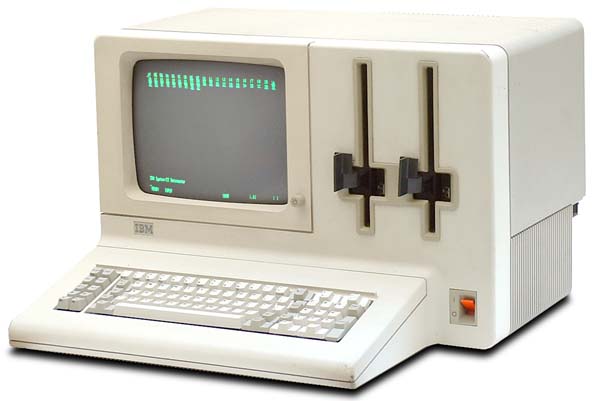
July 27, 1866
The Atlantic Cable is successfully completed. The first working cable, completed in 1858, failed within a few weeks. Before it did, however, it prompted the biggest parade New York had ever seen and accolades that described the cable, as one newspaper said, as “next only in importance to the ‘Crucifixion.’”
Tom Standage quotes similar reactions in The Victorian Internet:
“The completion of the Atlantic Telegraph…has been the cause of the most exultant burst of popular enthusiasm that any even in modern times has ever elicited. The laying of the telegraph cable is regarded, and most justly, as the greatest event in the present century.”
And “Since the discovery of Columbus, nothing has been done in any degree comparable to the vast enlargement which has thus been given it the sphere of human activity.” Notes Standage:
A popular slogan suggested that the effect of the electric telegraph would be to “make muskets into candlesticks.” Indeed, the construction of a global telegraph network was widely expected… to result in world peace.
The successful installation of the cable in 1866, resulted in similar—and so familiar to us today—pronouncements. Writes Standage:
The hype soon got going again once it became clear, that this time, the transatlantic link was here to stay… [The cable] was hailed as “the most wonderful achievement of our civilization”… Edward Thornton, the British ambassador, emphasized the peacemaking potential of the telegraph. “What can be more likely to effect [peace] than a constant and complete intercourse between all nations and individuals in the world?” He asked.

Elisha Gray
July 27, 1875
Elisha Gray of Chicago, Illinois, is granted a patent for “methods of transmitting musical impressions or sounds telegraphically.”
A number of inventors in addition to Gray, including Charles Bourseul, Thomas Edison, and Alexander Graham Bell, worked on similar methods for transmitting a number of telegraph messages simultaneously over a single telegraph wire by using different audio frequencies or channels for each message. Their efforts to develop “acoustic telegraphy,” in order to reduce the cost of telegraph service, led to the invention of the telephone.

Guglielmo Marconi
July 27, 1896
Guglielmo Marconi conducts the first public demonstration in England of his wireless telegraphy.

John Logie Baird
July 28, 1930
John Logie Baird gives the first public demonstration of his large screen television in the UK at the London Coliseum Variety Theatre. The television’s screen displays an image thirty by seventy inches, created by 2,100 lamps. The entire device is built into a small, wheeled trailer that can be moved on and off stage. The exhibition will continue for three weeks.
Two weeks earlier, on the roof of the Baird Company’s building, Guglielmo Marconi and other dignitaries watched a television play, “The Man with the Flower in his Mouth,” on the new 2100-lamp large screen in the canvas tent “theatre” set up for the occasion. Prime Minister Ramsay MacDonald, to whom Baird had gifted a deluxe home “Televisor” a few months earlier also tuned in to the broadcast at No. 10 Downing Street. Baird wrote in 1932:
The application of television to the cinema and places of public entertainment involves the use of a large screen, and considerable development work has been done in this direction. The broadcasting of the play “The Man with the Flower in his Mouth” was not only shown on the ordinary “Televisor” receivers but was also shown to a large audience on the roof of the Baird Long Acre premises on a screen 2 feet by 5 feet, and the same screen was shown in Paris, Berlin, and Stockholm; but while it attracted large audiences, the pictures could not in any way compare with the cinematograph, and the attraction was one of novelty. Since that time the screen has been so far developed that it is now approaching the perfection necessary to give full entertainment value apart from the curiosity attraction, and I believe that one of the largest fields for television lies in the cinema of the future.
July 28, 1981

IBM System/23 Datamaster
IBM announces its first desktop computer, the System/23 Datamaster. It was based on Intel’s 8086 16-bit processor and featured a viewing screen, up to 4.4MB of diskette storage, and Business Management Accounting and Word Processing programs. It was “designed to be taken out of the carton, set up, checked out and operated by first-time users.” At $9,830 (with optional word processing at an additional $1,100 to $2,200), the Datamaster was IBM’s lowest-priced small business system.
A month later, IBM introduced its flagship product for the personal computing market, the IBM PC.
July 30, 1959

Intel co-founders Gordon Moore (seated) and Robert Noyce in 1970.
Robert Noyce and Gordon Moore file a patent application for a semiconductor integrated circuit based on the planar process on behalf of the Fairchild Semiconductor Corp. The patent application will be challenged by a Texas Instruments (TI) application on behalf of Jack Kilby, but in 1969, the courts will rule in favor of Noyce and Moore.

Reblogged this on Leaders in Pharmaceutical Business Intelligence (LPBI) Group.
LikeLike